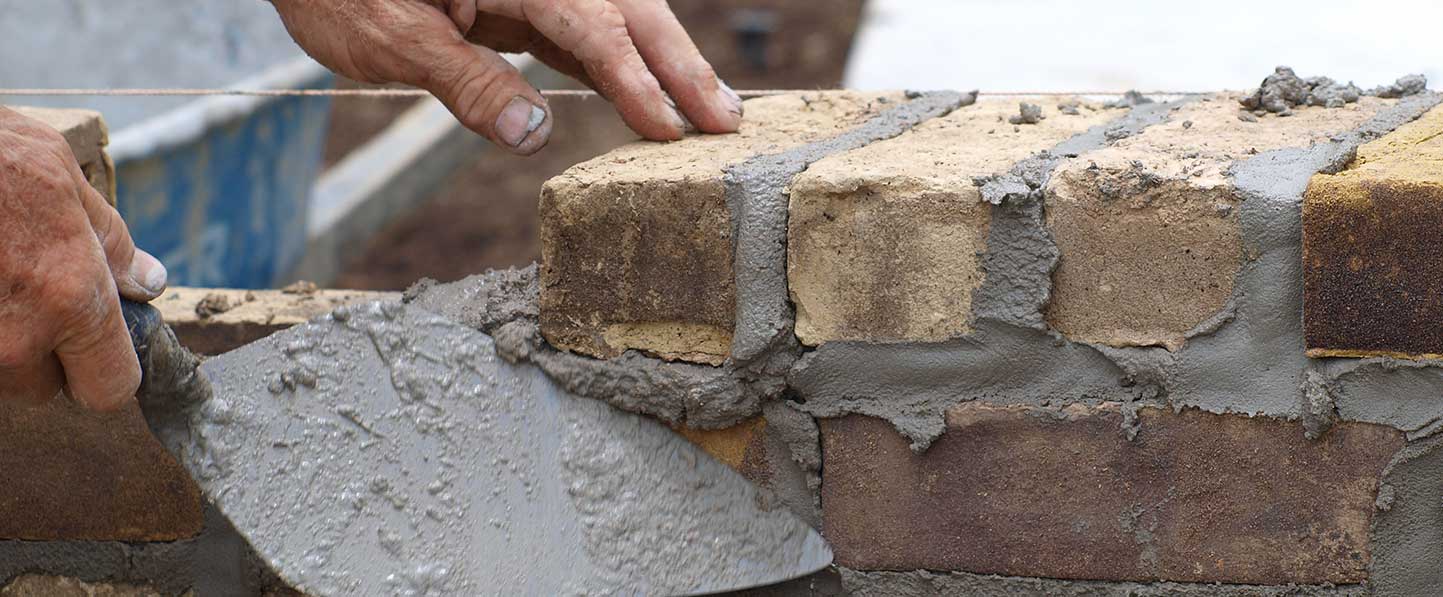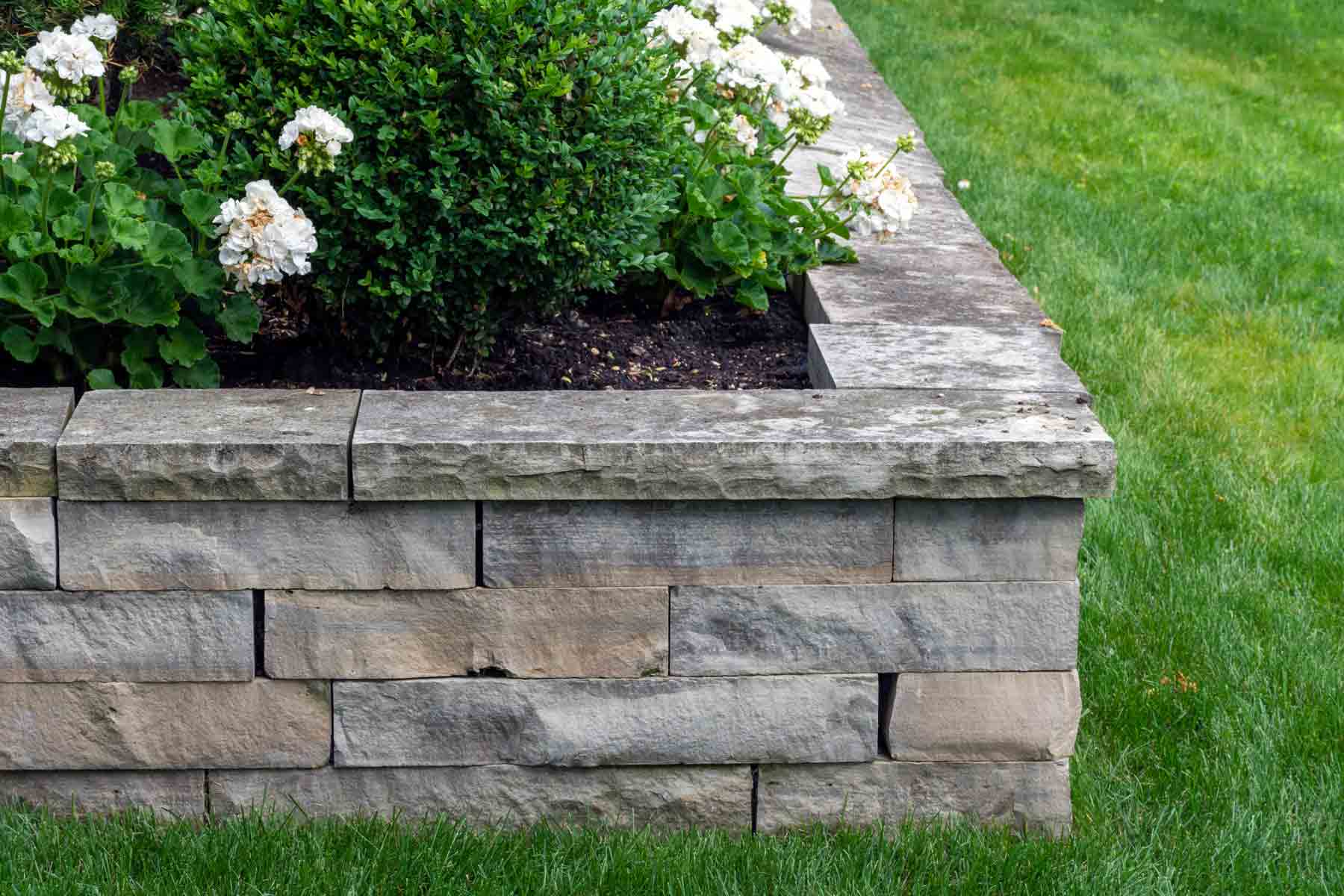Arrange a Chimney Sweep Today for a Clean and Safe Fire Place
Arrange a Chimney Sweep Today for a Clean and Safe Fire Place
Blog Article
Opening the Tricks of Lasting Stonework Building Practices for Eco-Friendly Structures
In the realm of modern-day construction, the pursuit of sustainable practices has actually become vital. Among the myriad methods to green building, lasting masonry building and construction attracts attention as a tried and true and resilient technique that holds a wide range of untapped possibility. From the option of products to innovative construction strategies, the secrets to attaining sustainability within stonework building are complex and interesting. By exploring the benefits, products, techniques, and future fads of lasting stonework, a much deeper understanding of exactly how these practices can shape the future of eco-friendly buildings emerges.
Advantages of Sustainable Stonework Building And Construction
Welcoming sustainable masonry building methods not just lowers ecological influence but likewise provides long-lasting financial benefits to building contractors and areas. By making use of materials like recycled bricks, blocks, and stones, builders can dramatically decrease the carbon footprint of their projects while promoting resource efficiency. Furthermore, sustainable masonry building and construction strategies, such as proper insulation and thermal mass homes, can improve energy efficiency within buildings, resulting in lowered operational costs with time.
In addition, the durability and resilience of masonry structures add to long-lasting economic benefits. Structures built utilizing lasting stonework techniques commonly call for less repair and maintenance, translating to cost financial savings for contractors and building proprietors. The longevity of stonework materials also ensures that frameworks continue to be secure and protected, decreasing the demand for frequent renovations or substitutes.
Eco-Friendly Masonry Products
Using environmentally friendly stonework materials is a pivotal action towards improving the sustainability of building techniques and minimizing environmental influence while making the most of long-lasting financial benefits. Sustainable masonry products are sourced, generated, and made use of in a fashion that reduces general ecological effect. Lasting concrete blocks integrate recycled aggregates and might feature improved insulation properties, contributing to power efficiency in buildings.
Furthermore, all-natural products like adobe, rammed planet, and straw bundles supply excellent thermal mass buildings, decreasing the demand for home heating and cooling down power. These products are typically locally readily available, advertising regional economic situations and reducing transportation-related carbon emissions. By picking environmentally friendly masonry materials, construction projects can dramatically lower their environmental impact and add to the production of healthier, extra sustainable constructed atmospheres.
Energy-Efficient Stonework Techniques
Energy efficiency plays an essential role in enhancing the sustainability of stonework construction techniques. One key energy-efficient stonework technique is the usage of thermal mass, which involves incorporating dense materials like concrete or brick into the structure's structure decorative concrete sidewalks to soak up and store warm.

Developments in Sustainable Masonry
Recent innovations in lasting stonework techniques have caused cutting-edge strategies that are improving the construction market. One such technology is the development of self-healing concrete, which uses germs installed within the concrete to recover splits autonomously. This innovation not just lowers upkeep costs yet also improves the sturdiness of masonry frameworks, adding to their sustainability.
One more significant advancement is using recycled aggregates in stonework building and construction - masonry contractor. By including materials such as smashed ceramic waste or recycled glass into concrete blends, builders can lower the environmental effect of construction projects while maintaining architectural integrity. This practice not just diverts waste from land fills however also preserves natural deposits, making it a crucial improvement in lasting stonework building and construction
Moreover, the integration of electronic design devices, such as Structure Information Modeling (BIM), is transforming the method masonry frameworks are planned and constructed. BIM enables for even more precise estimations, minimized product waste, and boosted power effectiveness, eventually causing even more sustainable building practices. These advancements jointly signify a promising future for sustainable masonry construction in the age of environment-friendly structures.
Future Trends in Stonework Sustainability
With the cutting-edge strides made in sustainable masonry techniques, the future patterns in stonework sustainability are poised stamped concrete patio with border to additional reinvent the building and construction market. Among the essential trends shaping the future of stonework sustainability is the raised assimilation of technology. Advancements such as Structure Information Modeling (BIM) and digital fact simulations are being made use of to maximize stonework building processes, resulting in reduced material waste and improved power efficiency in structures.
Additionally, the growth of unique sustainable materials is set to play a substantial duty in boosting the eco-friendliness of stonework building and construction. masonry contractor. Technologies like self-healing concrete, recycled aggregates, and bio-based binders are getting traction for their capacity to reduce environmental influence while preserving structural integrity

Conclusion
In final thought, lasting stonework construction techniques provide various advantages for environment-friendly structures. masonry contractor. Innovations in lasting stonework are continuously being created to further improve the environmental efficiency of structures.
Report this page